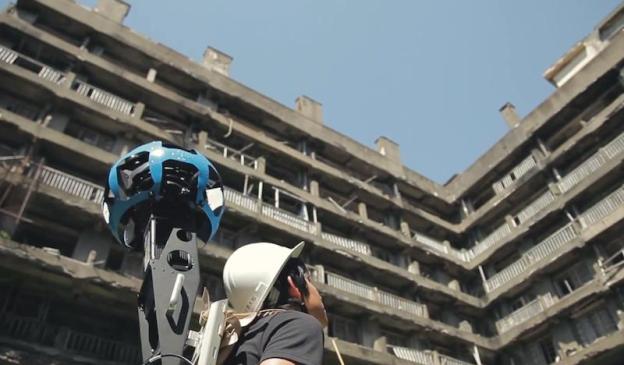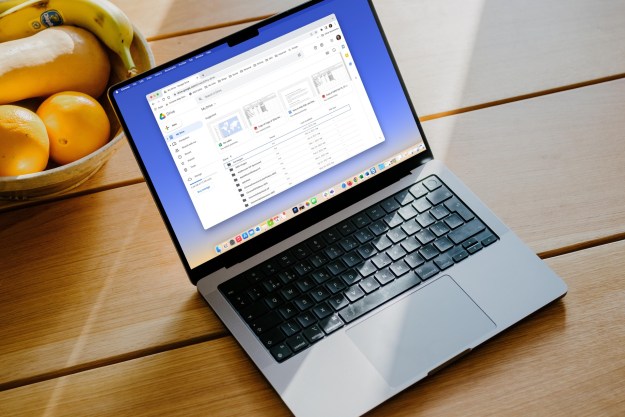 The abandoned Japanese island that was used as the inspiration for the villain’s hideout in the latest Bond movie, Skyfall, has been brought to Street View in all its decrepit and dilapidated glory.
The abandoned Japanese island that was used as the inspiration for the villain’s hideout in the latest Bond movie, Skyfall, has been brought to Street View in all its decrepit and dilapidated glory.
Hashima, nicknamed Battleship Island (Gunkanjima) for its shape, covers a mere 18 acres and takes 40 minutes to reach by boat from Nagasaki in the far west of Japan. The extraordinary location was home to a mining community of some 5,000 until it was abandoned in 1974 following the country’s switch to other forms of energy. The island has been left untouched since its inhabitants left almost 40 years ago, though many of the buildings are now close to collapse as nature slowly but steadily reclaims the land.

Skyfall producers searching for the perfect location for Bond villain Raoul Silva’s hideout thought they’d struck gold when they set foot on Hashima. However, after spending several days there, they decided the buildings were in such poor condition that it was simply too dangerous to shoot there. Reluctant to entirely give up on the idea, they recreated part of the island back at the movie studios, using digital effects to broaden the scene.

The island was opened to tourists in 2009, though trips are heavily supervised, with many areas off-limits because of the unstable structures. Take a look around with Street View, however, and you’ll gain access to parts regular tourists can’t reach. Google gathered the dramatic images recently using one of its wearable Trekker cameras, ideal for tricky locations like Hashima.
Check out the video below showing the images being captured, or head straight over to the island by clicking here.
Editors' Recommendations
- Google deploys a Jaguar I-Pace as its first all-electric Street View car
- Google reveals how many miles its Street View cars have driven to date


